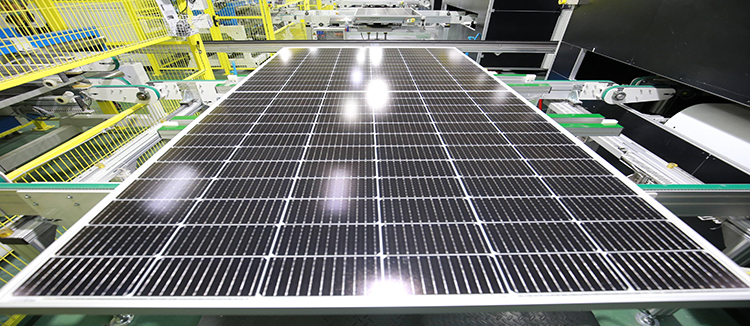The Evolution and Impact of Industrial Robotic Arm Technology in Modern Manufacturing
The Industrial Robotic Arm (IRA) has become a cornerstone of modern manufacturing, revolutionizing the way products are made and leading to significant advancements in efficiency, precision, and safety. This article delves into the evolution of IRA technology, its current applications, and the impact it has on the industry.

From its inception in the 1950s, the IRA has undergone a remarkable transformation. Initially, these machines were simple and limited in their capabilities, designed to perform basic tasks such as pick-and-place operations. However, with the advent of computer technology and advancements in artificial intelligence, the IRA has evolved into a highly sophisticated tool capable of complex tasks, including assembly, welding, painting, and more.

The precision and repeatability of IRAs have made them indispensable in industries where high-quality standards are paramount. In the automotive sector, for example, IRAs are used to weld car bodies, assemble engines, and even paint finished vehicles. Their ability to work tirelessly without fatigue or error has significantly improved production rates and reduced manufacturing costs.

Another significant advantage of IRAs is their adaptability. Unlike traditional machinery, which is often designed for a specific task, IRAs can be reprogrammed to perform a variety of functions. This flexibility allows manufacturers to quickly adjust their production lines to meet changing market demands without the need for significant capital investment in new equipment.
Safety is another area where IRAs have made a substantial impact. By automating hazardous tasks, such as working with heavy materials or in extreme temperatures, IRAs reduce the risk of injury to human workers. This not only protects employees but also reduces the financial burden on companies due to work-related accidents.
Environmental sustainability is also a key benefit of IRAs. By reducing waste and increasing efficiency, these machines contribute to a more sustainable manufacturing process. For instance, IRAs can be programmed to use materials more conservatively, reducing waste and the environmental impact of production.
The future of IRAs looks promising, with ongoing research and development aimed at enhancing their capabilities. Innovations such as collaborative robots, or "cobots," are being designed to work alongside human workers, taking on tasks that are dull, dirty, or dangerous. This integration of human and machine intelligence is expected to further improve productivity and create new opportunities for skilled workers.
As the technology continues to advance, the IRA is likely to become even more integral to the manufacturing process. Companies that embrace this technology will find themselves at the forefront of the industry, able to compete on a global scale with increased efficiency and reduced costs.
However, the widespread adoption of IRAs also raises questions about job displacement. It is crucial for companies and governments to invest in retraining programs to ensure that workers can transition into new roles created by the technology, rather than being left behind.
In conclusion, the Industrial Robotic Arm has come a long way from its early days as a simple automation tool. Its impact on manufacturing is profound, offering increased efficiency, improved safety, and enhanced sustainability. As technology continues to evolve, the IRA will undoubtedly play a central role in shaping the future of manufacturing.










